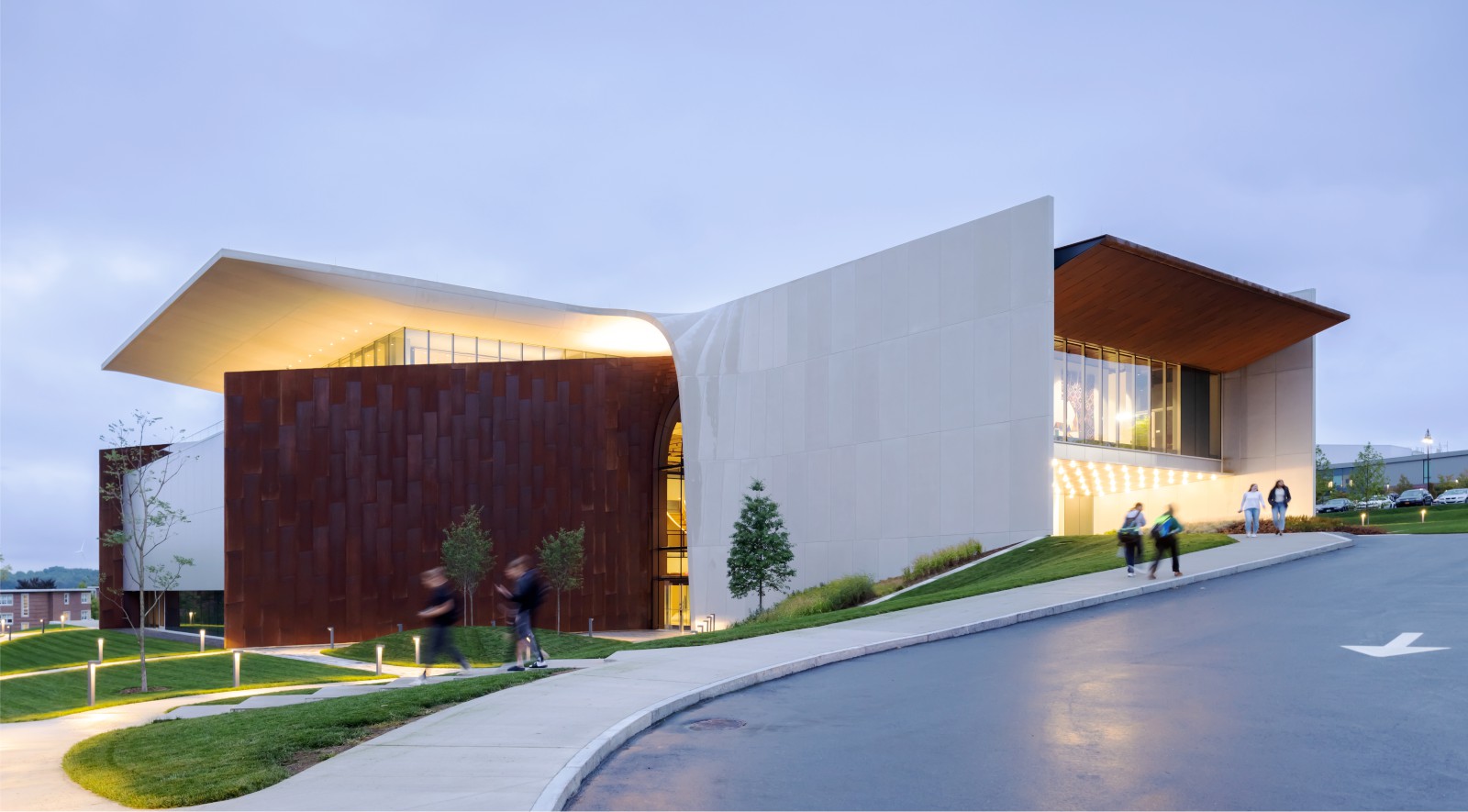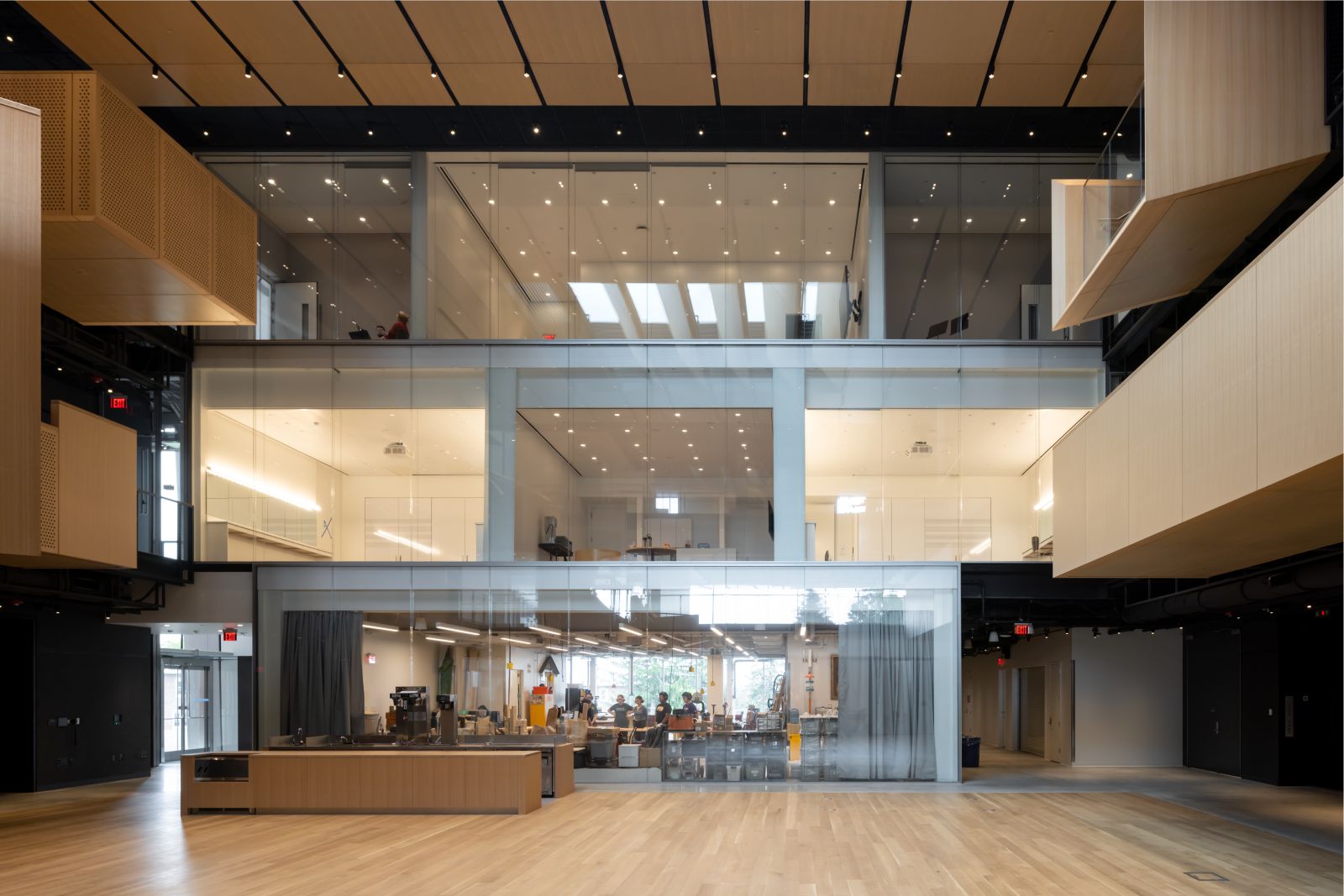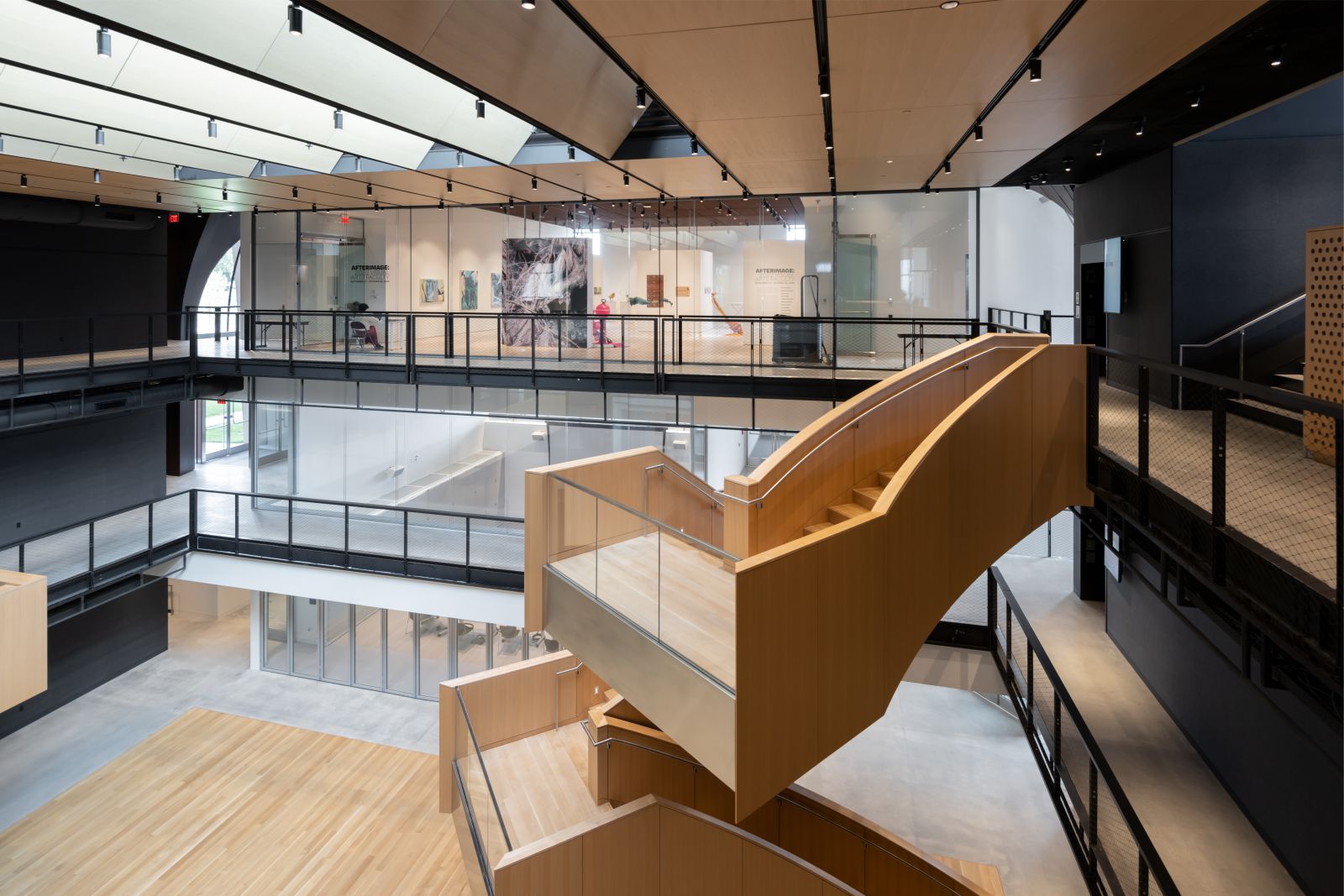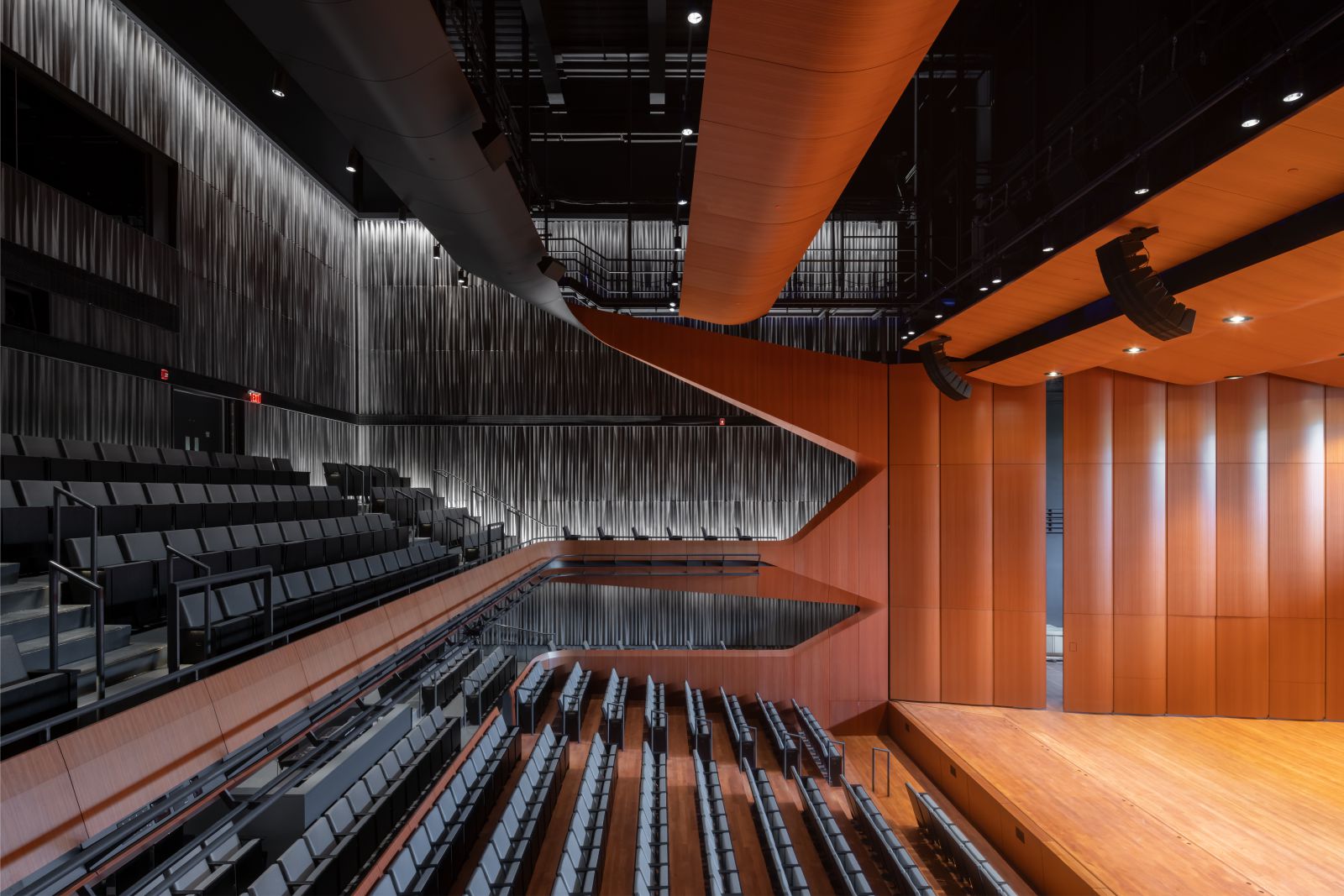Prior Performing Arts Center design by Diller Scofidio + Renfro #architecture

© Diller Scofidio + Renfro

© Diller Scofidio + Renfro

© Diller Scofidio + Renfro

© Diller Scofidio + Renfro

© Diller Scofidio + Renfro

© Diller Scofidio + Renfro

© Diller Scofidio + Renfro

© Diller Scofidio + Renfro

© Diller Scofidio + Renfro

© Diller Scofidio + Renfro

© Diller Scofidio + Renfro

© Diller Scofidio + Renfro

© Diller Scofidio + Renfro

© Diller Scofidio + Renfro

© Diller Scofidio + Renfro

© Diller Scofidio + Renfro

© Diller Scofidio + Renfro

© Diller Scofidio + Renfro

© Diller Scofidio + Renfro

© Diller Scofidio + Renfro

© Diller Scofidio + Renfro
Project: Prior Performing Arts Center
Location: Worcester, Massachusetts, USA
Architect: Diller Scofidio + Renfro
Partner-in-Charge: Charles Renfro
Executive Architect: Perry Dean Rogers
Contractor: Dimeo Construction
Acoustics & Audio/Visual: Jaffe Holden
Civil Engineer: Nitsch Engineering
Code Consultant: Code Red Consultants
Cost Estimator: Dharam Consulting
Foodservice Consultant: Colburn & Guyette
Geotechnical: Haley Aldrich
Hardware Specifications: Campbell-McCabe, Inc.
IT/Security: Shen Milson & Wilke
Landscape Architect: Olin
Lighting: Tillotson Design Associates
MEP/FP Engineer: Altieri Sebor Wieber
Specifications: Construction Specifications, Inc.
Structural Engineer: Robert Silman Associates
Sustainability: Transsolar
Theater Planning: Fisher Dachs Associates, Inc.
Owner: College of the Holy Cross
Area: 84,000-square-foot
Construction Cost: $110 Million
Year: 2022
Photographs: Iwan Baan, Brett Beyer
Architect: Diller Scofidio + Renfro
Partner-in-Charge: Charles Renfro
Executive Architect: Perry Dean Rogers
Contractor: Dimeo Construction
Acoustics & Audio/Visual: Jaffe Holden
Civil Engineer: Nitsch Engineering
Code Consultant: Code Red Consultants
Cost Estimator: Dharam Consulting
Foodservice Consultant: Colburn & Guyette
Geotechnical: Haley Aldrich
Hardware Specifications: Campbell-McCabe, Inc.
IT/Security: Shen Milson & Wilke
Landscape Architect: Olin
Lighting: Tillotson Design Associates
MEP/FP Engineer: Altieri Sebor Wieber
Specifications: Construction Specifications, Inc.
Structural Engineer: Robert Silman Associates
Sustainability: Transsolar
Theater Planning: Fisher Dachs Associates, Inc.
Owner: College of the Holy Cross
Area: 84,000-square-foot
Construction Cost: $110 Million
Year: 2022
Photographs: Iwan Baan, Brett Beyer
The 84,000 sf Prior Performing Arts Center for the College of the Holy Cross has been designed to be an incubator for multidisciplinary learning that will support creative collaboration among students from all academic disciplines. Standing as the cultural center of the school—with venues for both fine arts and performing arts—the building houses a 400-seat proscenium theatre, a 200-seat flexible studio space, and the relocated Cantor Art Gallery.
BEEHIVE
Anchoring the Upper District of campus, the Center gathers together existing vectors of campus circulation at its heart: the Beehive. Around this central space, the programs are divided into four pavilions: the Multipurpose Theater; the Studio Theater; Art/Media; and Practice/Production. At the Center, the Beehive acts as a visible connective tissue between these pavilions, the public program, and student productions, allowing back-of-house functions to activate the building at all times. A flexible space with a café that supports creative collaboration, the Beehive includes a shared multimedia teaching space for electronic music and musical composition courses, sound recording, sound editing, and video and film editing as well as collaborative work spaces and multipurpose rehearsal spaces. The informal, hackable nature of the space turns it into a creative playground for both study and performance for all students irrespective of their majors. Like a stage, the interior materials of the pavilions combine both the raw and refined, matching flexible steel infrastructure and technical support zones with rich, warm collaboration zones.
Anchoring the Upper District of campus, the Center gathers together existing vectors of campus circulation at its heart: the Beehive. Around this central space, the programs are divided into four pavilions: the Multipurpose Theater; the Studio Theater; Art/Media; and Practice/Production. At the Center, the Beehive acts as a visible connective tissue between these pavilions, the public program, and student productions, allowing back-of-house functions to activate the building at all times. A flexible space with a café that supports creative collaboration, the Beehive includes a shared multimedia teaching space for electronic music and musical composition courses, sound recording, sound editing, and video and film editing as well as collaborative work spaces and multipurpose rehearsal spaces. The informal, hackable nature of the space turns it into a creative playground for both study and performance for all students irrespective of their majors. Like a stage, the interior materials of the pavilions combine both the raw and refined, matching flexible steel infrastructure and technical support zones with rich, warm collaboration zones.
FACADE
The four pavilions are contained within two pairs of walls that intersect to form a nine square grid. In each corner of the grid lies a unique courtyard garden: a small amphitheater, an outdoor teaching area and workspace, a meditative garden, and a sculpture garden. The paired walls twist, rise, and interlock, with the wall of one pavilion becoming the roof of its neighbor, forming a chain around the center and creating arched entries directly into the heart of the building. The opposing precast concrete and weathering steel walls reinterpret the brick and limestone of the historic campus. Taking advantage of the site’s natural beauty, the Center’s design creates a meaningful counterpoint to the surrounding campus architecture, both fitting in and standing out on the highest point on campus.
The four pavilions are contained within two pairs of walls that intersect to form a nine square grid. In each corner of the grid lies a unique courtyard garden: a small amphitheater, an outdoor teaching area and workspace, a meditative garden, and a sculpture garden. The paired walls twist, rise, and interlock, with the wall of one pavilion becoming the roof of its neighbor, forming a chain around the center and creating arched entries directly into the heart of the building. The opposing precast concrete and weathering steel walls reinterpret the brick and limestone of the historic campus. Taking advantage of the site’s natural beauty, the Center’s design creates a meaningful counterpoint to the surrounding campus architecture, both fitting in and standing out on the highest point on campus.
Source: Diller Scofidio + Renfro
m i l i m e t d e s i g n – w h e r e t h e c o n v e r g e n c e o f u n i q u e c r e a t i v e s
m i l i m e t d e s i g n – w h e r e t h e c o n v e r g e n c e o f u n i q u e c r e a t i v e s
Since 2009. Copyright © 2023 Milimetdesign. All rights reserved. Contact: milimetdesign@milimet.com
































